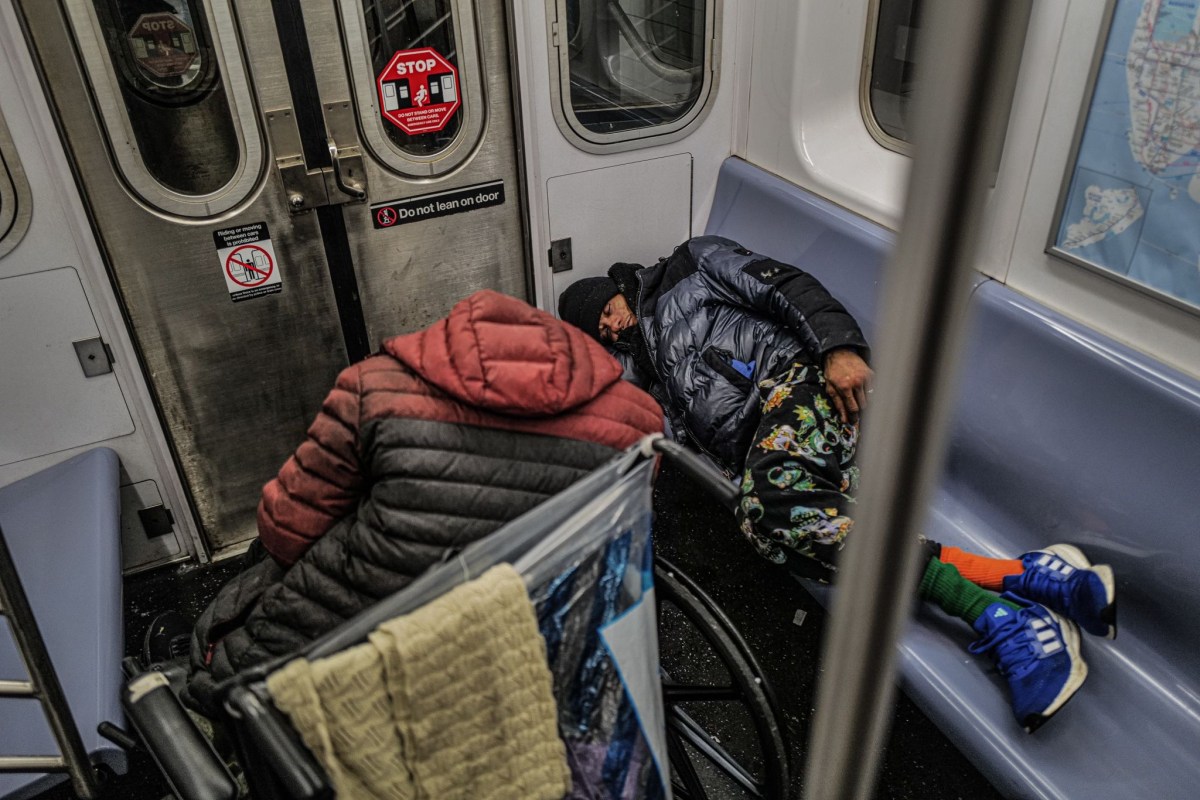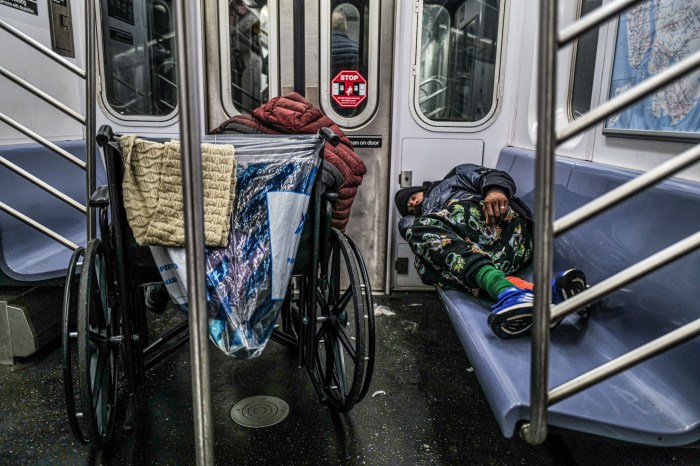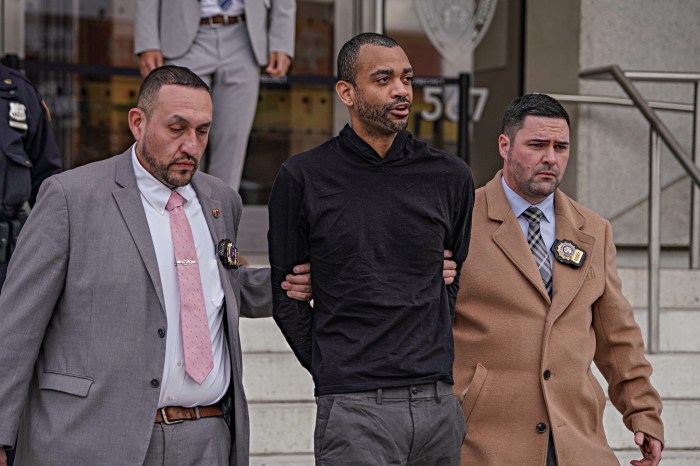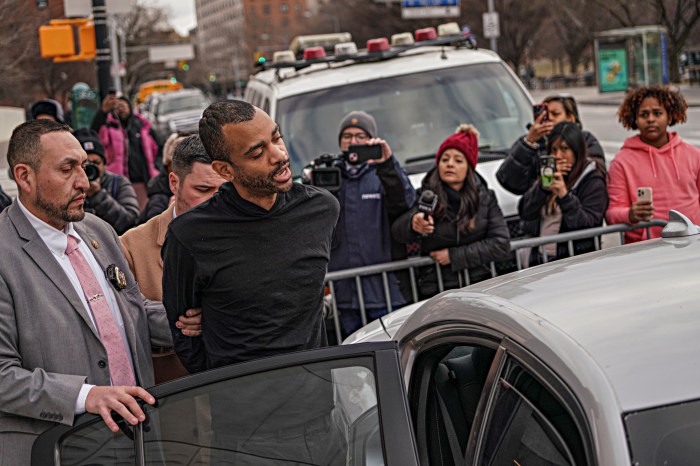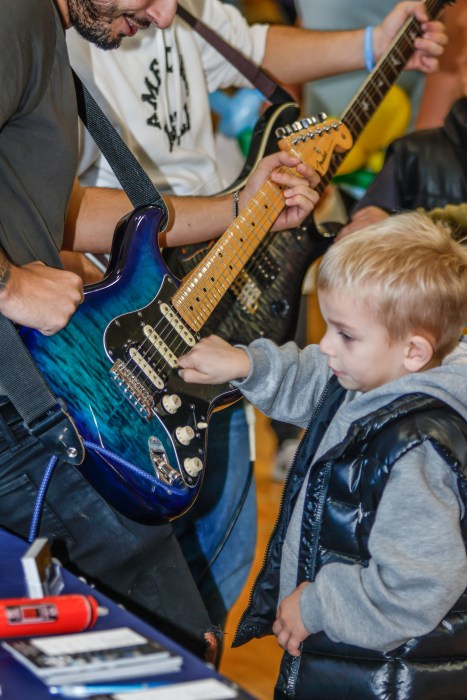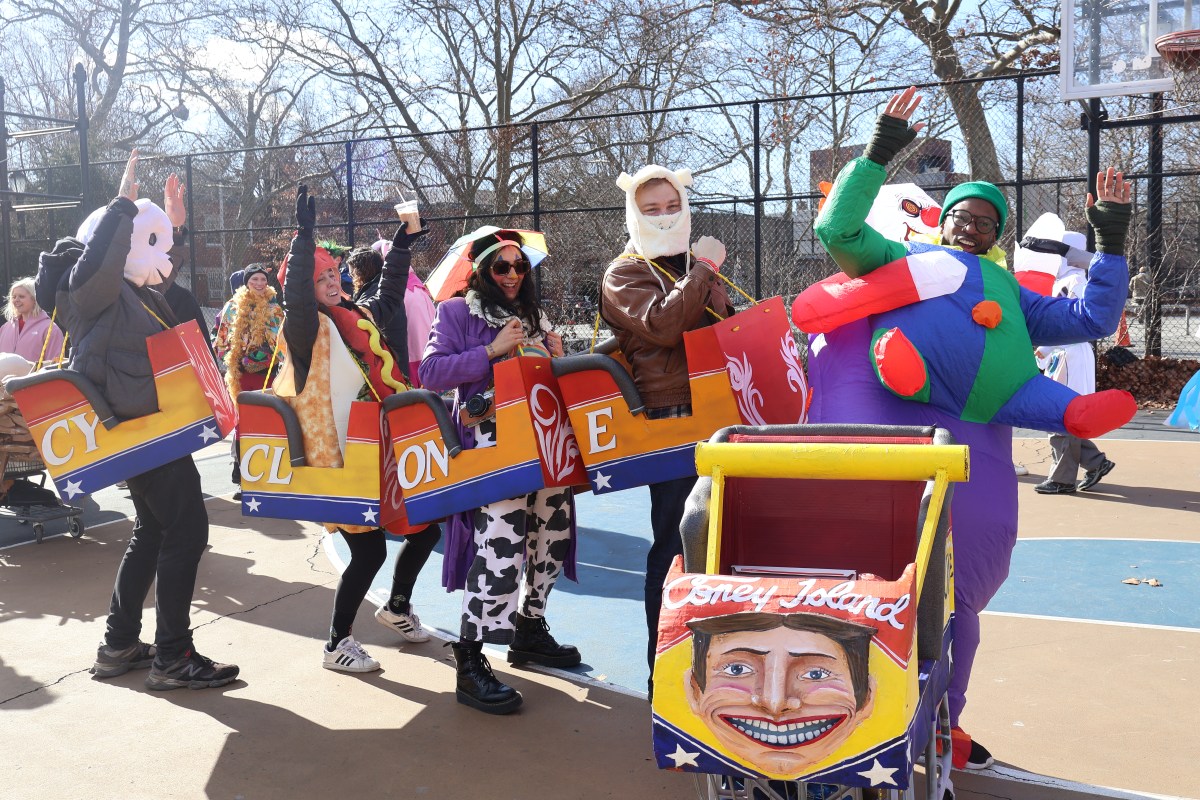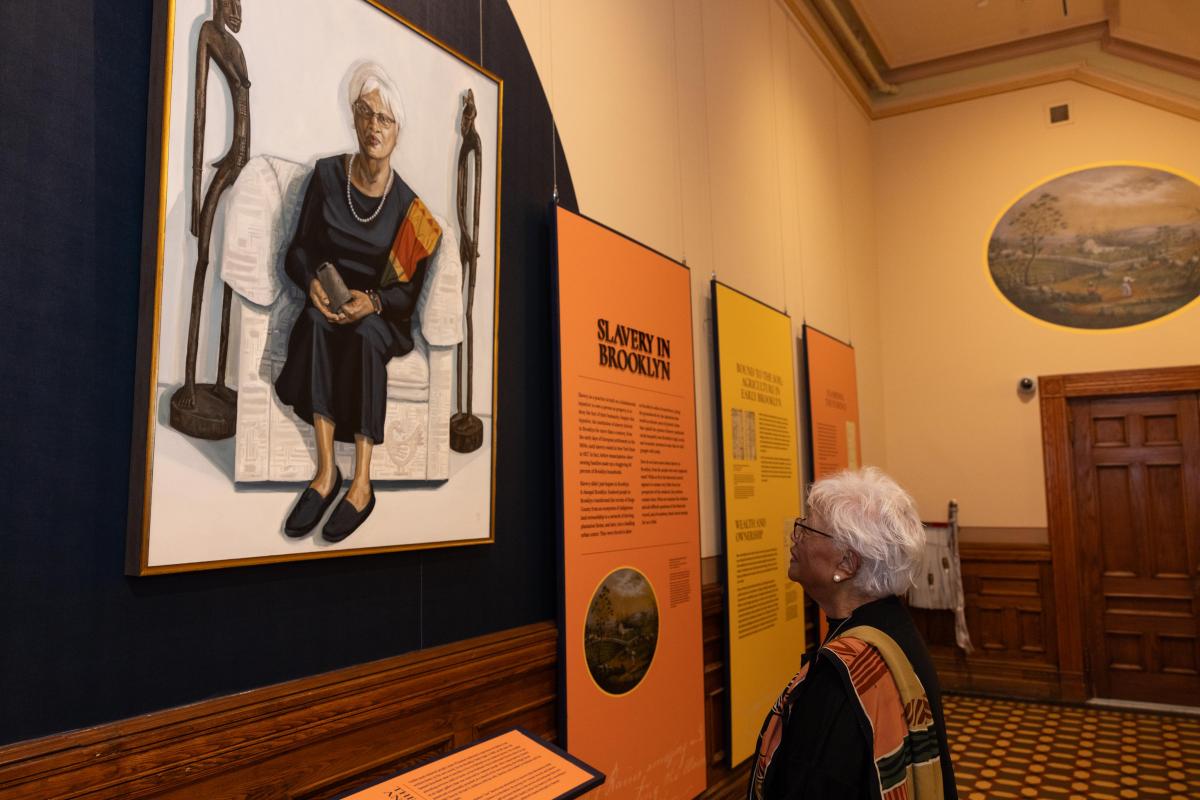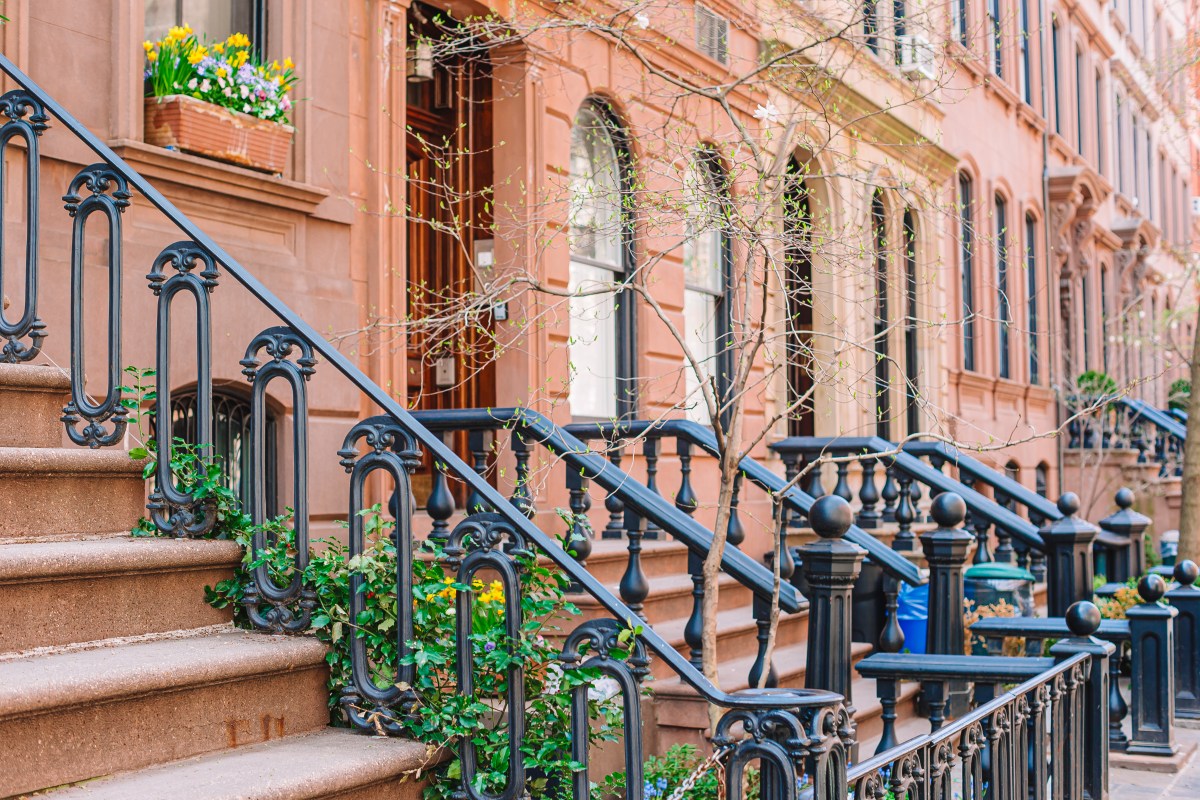Mayor Eric Adams said Wednesday that the city is building a “Bridge to Home” for mentally ill New Yorkers in an effort to stop subway violence and tackle homelessness both underground and on the city streets.
The “Bridge to Home” program, the mayor said, will be based near city-run hospitals and offer what he described as a “supportive, home-like environment” to severely mentally ill patients for up to a year.
The goal is to get homeless, mentally ill New Yorkers off the streets and subways who can be a danger to themselves or others into a temporary facility for treatment and, ultimately, permanent housing. It comes as both Mayor Adams and Gov. Kathy Hochul are looking for expanded authority to involuntarily hospitalize severely mentally ill individuals; Hochul has proposed such a law in her State of the State address, and she is seeking to have it enacted this legislative session.
“We are excited to announce the Bridge to Home model that will meet New Yorkers where they are and provide a supportive facility that gives them the treatment and temporary housing they need while keeping them out of the hospitals and off our subways,” Adams said.
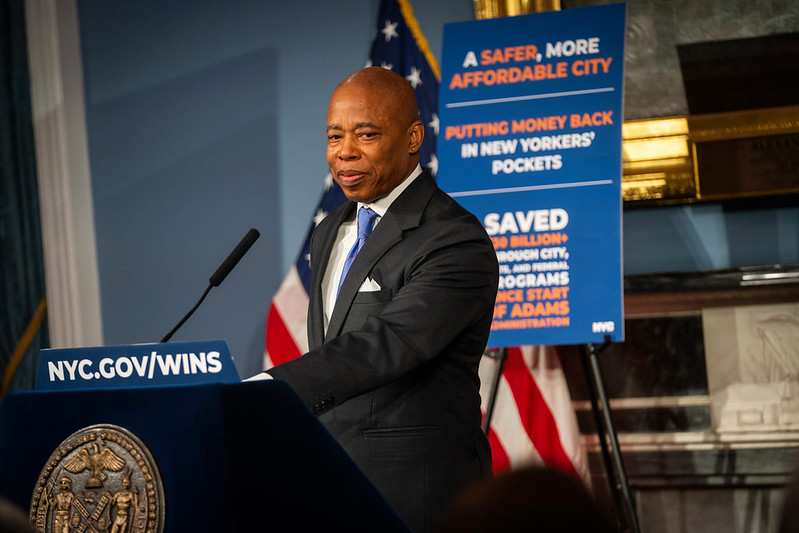
The program, the city says, aims to reduce unnecessary emergency room visits and inpatient hospitalization while also decreasing street homelessness and reliance on shelters.
As part of Bridge to Home, only patients who have previously been in the hospital or emergency room and have been assessed by medical staff will be allowed into the program. Each patient will get their own room, food, structured recreation and on-site behavioral health care. Treatment can include medication management, therapy and substance use treatment.
Patients can stay on-site for up to 12 months or until they can be transitioned to permanent supportive housing facilitated, whichever comes first.
“Our highest needs patients deserve our highest level of care,” said NYC Health + Hospitals president and CEO Dr. Mitchell Katz. “‘Bridge to Home’ will give our patients with serious mental illness a new beginning, combining social and recreational activities with the privacy of their own room and psychiatric support from a comprehensive care team, including peers.”
Part of a larger homelessness plan
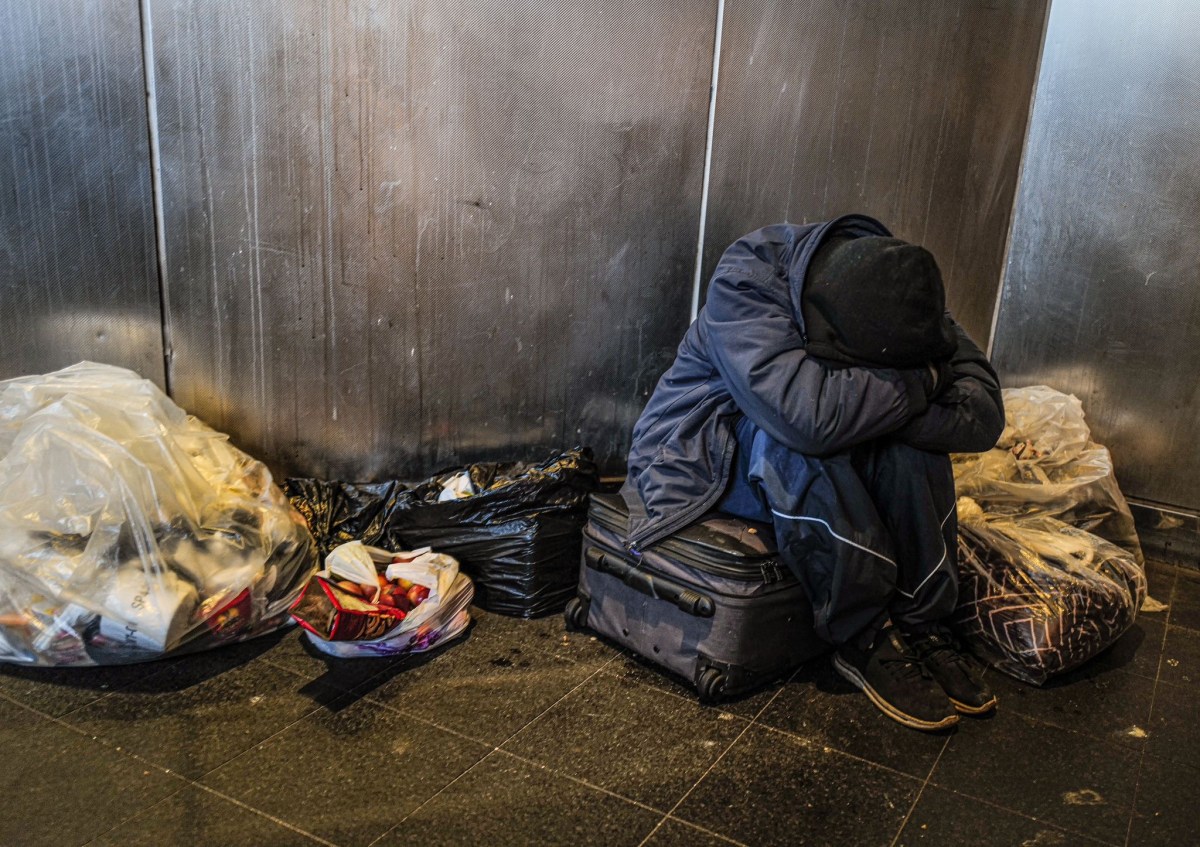
Adams expects the $13 million Bridge to Home program to be fully operational by 2027, serving up to 100 beds. It is part of the mayor’s $650 million plan to tackle street homelessness, announced in his State of the City address on Jan. 9.
In addition to Bridge to Home, the mayor said he will also add 900 beds this summer to the city’s Safe Haven program that offers low-barrier shelter facilities to New Yorkers experiencing severe mental illness and homelessness. The program is often the first step to providing permanent housing for participants.
“Our new ‘Bridge to Home’ model will help New Yorkers with severe mental illness and invest in 1,000 street beds that we know are in high demand and that are highly effective,” Adams said. “This administration has made the largest annual investment in serving street homelessness in the city’s history and has more than doubled our street programming budget from when we came into office.”
Although Adams’ said his administration has helped get 2,800 homeless New Yorkers out of the subway system, mayoral candidate and city comptroller Brad Lander said on Monday that only three of those people moved into permanent housing.
The mayor’s announcement follows Hochul’s State of the State address on Tuesday, in which she laid out a comprehensive plan for subway safety, including more cops on the trains and platform barriers at select stations to help prevent falls and perpetrators from shoving passengers onto the tracks.
Adams, who frequently cited NYPD statistics throughout 2024 in reporting that transit crime was down, said his administration has remained focused on homelessness and subway safety.
“Go Google other cities and see the encampments lining the streets,” he said. “You don’t see that here in this city because our North Star is to not allow that to happen.”
Many of those homeless encampments are no longer in existence in New York City after Adams launched a controversial campaign in 2022 to break them down. Some of the homeless individuals targeted in the sweeps wound up suing the mayor over personal losses and stress.



